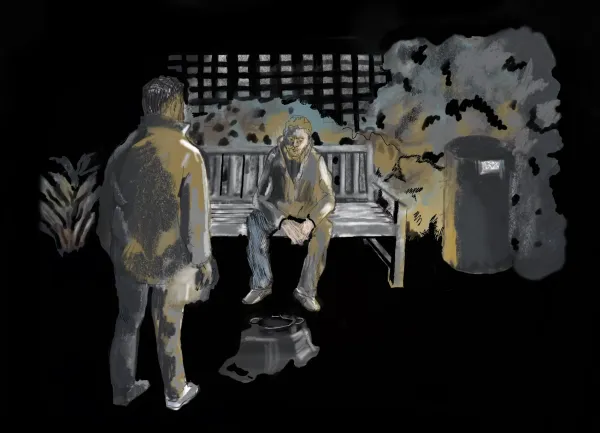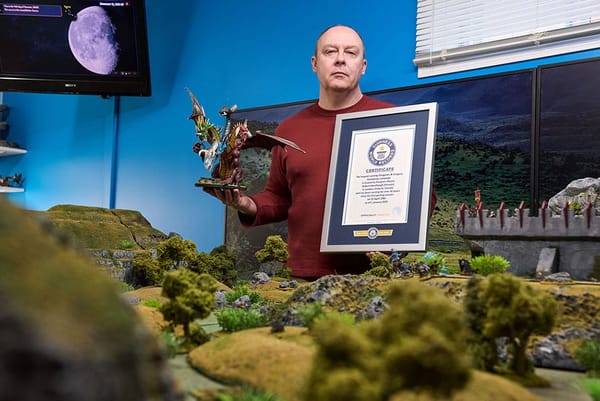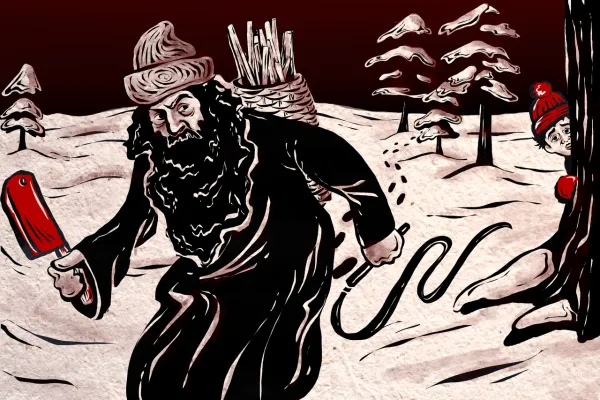He made a floppy disk from scratch in his basement
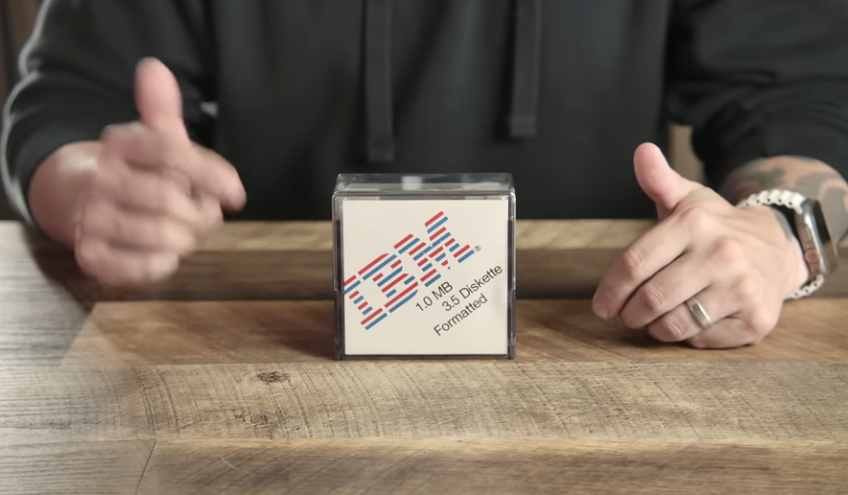
From Kottke: "Giles Clement, also known as Polymatt, decided he was going to make a 3.5” floppy disk from scratch — and actually did. In a YouTube video where he breaks down the process, he says: "I’m not sure how many of you have actually cracked one of these things open and taken a look inside, but it’s actually a little bit more complex than I expected. Recreating a shell isn’t going to be the tough part. It’s actually this: recreating the media itself with some PET film and a bunch of chemicals. These disks are incredibly thin, and the magnetic film itself is measured in microns. It’s going to be quite the feat in order to figure out how to apply something that thin." The same creator also made a fully functioning wristwatch from scratch, including making two milling machines and designing the typeface used for the numerals and printing on the watch."
Some IMAX 70mm movies such as Oppenheimer are powered by a PalmPilot emulator

From Ars Technica: "As shown in IMAX's TikTok video, the 70 mm print for Oppenheimer is so large that they had to extend their film platter. That's fascinating and all, but so is the emulated 2002 PDA apparently running things. The m130 wasn't even top of the line when it came out in 2002. It debuted at $279 with a 2-inch, 160×160 screen and a 33 Motorola Dragonball VZ processor. But that was just the magic needed for IMAX's purposes, and so it hasn't changed a thing. The only difference is that it's using emulations in at least some cases. The video shows the PDA emulated on a 10.1-inch Windows tablet for businesses. The PDA emulation controls the theater's Quick Turn Reel Units (where workers load the physical film reels). A company spokesperson said the original units operated on PalmPilots, so IMAX designed an emulator that mimics the look and feel of a PalmPilot to keep it familiar for IMAX film projectionists."
A man who died 12,000 years ago was killed by an exotic kind of quartz spear
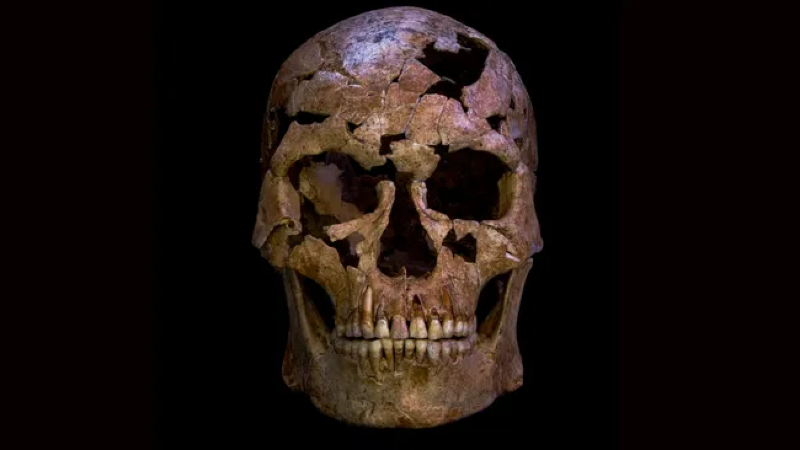
From LiveScience: "Around 12,000 years ago, a man was shot by an arrow with an exotic stone tip in what is now Vietnam. He survived the initial injury but likely succumbed to infection, a new analysis of his remains suggests. The man's well-preserved skeleton may be the earliest evidence of violence in Southeast Asia, the study authors claim, although some researchers say more evidence is needed to make that conclusion. Near his infected extra rib, the researchers discovered a small, triangular quartz flake they described as a "micropoint." The point, which measured around 0.72 inches (18 millimeters) long, had evidence of notching. This suggests the point was used as a barb on a projectile, such as a dart or an arrow. The combination of the micropoint near TBH1's neck, the man's infected rib, and the exotic nature of the quartz suggests the man may have been a victim of interpersonal violence, which would extend the evidence of violence between hunter-gatherer groups in east Asia back millennia."
Hi everyone! Mathew Ingram here. I am able to continue writing this newsletter in part because of your financial help and support, which you can do either through my Patreon or by upgrading your subscription to a monthly contribution. I enjoy gathering all of these links and sharing them with you, but it does take time, and your support makes it possible for me to do that. I also write a weekly newsletter of technology analysis called The Torment Nexus.
An incomplete list of all the things that author Jane Austen disliked
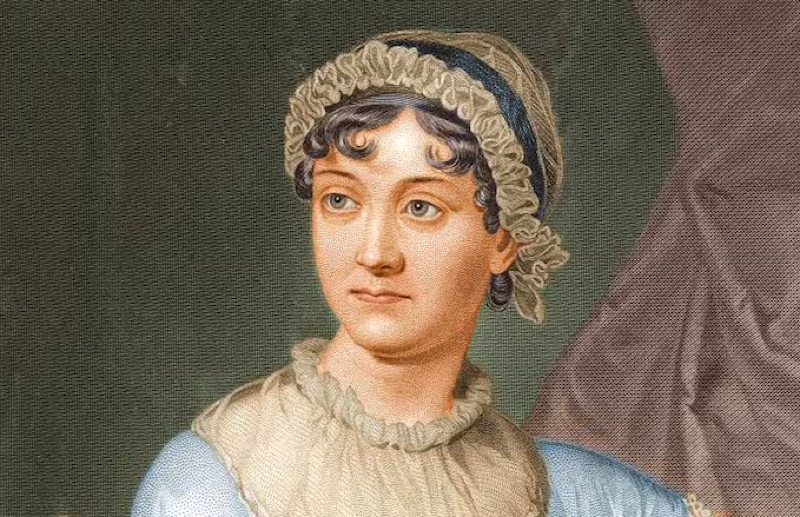
From LitHub: "Famously, Jane Austen disliked Bath, both when she visited it in 1799 and when she moved there with her family in 1801. Apparently she even fainted when informed that she was going to have to move there. She described it as “all vapor, shadow, smoke & confusion.” Here are a few of the other things your favorite writer did not prefer: Famously, in the opening lines of Northanger Abbey, Austen takes a little dig at the name “Richard,” writing “[Catherine’s] father was a clergyman, without being neglected, or poor, and a very respectable man, though his name was Richard." Austen disliked the Prince Regent (who would later be crowned George IV) intensely, despite the fact that he was not only a fan of her work, but possibly her very first buyer. She also seems to have had "a dislike for anything bordering on an affectation of enthusiasm for music,” writes Elizabeth Jenkins in her 1948 biography.
Tracing the paths of hundreds of falling bicycles generates a graph that looks like hair

From Cycling: "What does the path of a bicycle pushed until it falls over look like? That’s what researcher Matthew Cook of the California Institute of Technology in Pasadena wanted to figure out. The driving motivation was to gain insight in how we ride a bicycle. He was stumped when he rode a virtual bicycle that did not accurately reflect the real experience. He wanted to figure out what in our understanding of how we keep bicycles upright was flawed or missing. “In real life there must be additional inertial cues that I sense or leaning actions that I make which are missing from the simulation, since I had to learn, as if from scratch, what cues to attend to and how to react to them,” he writes about the experience riding a virtual bike in It Takes Two Neurons To Ride a Bicycle. Part of better understanding bicycle physics was studying the paths of 800 unmanned bicycles pushed until they fell over. The resulting figure was a beautiful model mapping the paths of the bicycles front wheel." (Thanks, David!)
Twice a year in Hawaii objects lose their shadows

Acknowledgements: I find a lot of these links myself, but I also get some from other newsletters that I rely on as "serendipity engines," such as The Morning News from Rosecrans Baldwin and Andrew Womack, Jodi Ettenberg's Curious About Everything, Dan Lewis's Now I Know, Robert Cottrell and Caroline Crampton's The Browser, Clive Thompson's Linkfest, Noah Brier and Colin Nagy's Why Is This Interesting, Maria Popova's The Marginalian, Sheehan Quirke AKA The Cultural Tutor, the Smithsonian magazine, and JSTOR Daily. If you come across something interesting that you think should be included here, please feel free to email me at mathew @ mathewingram dot com
